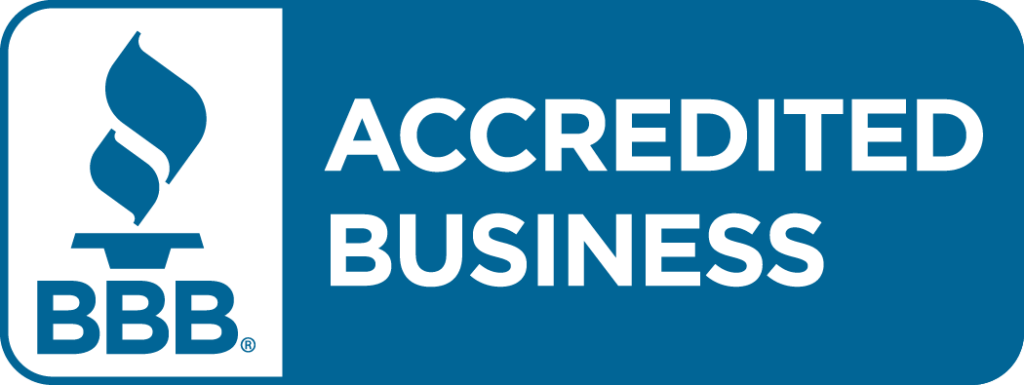To give your company the best chance at success, you need to know the basics about how to conduct market research and build your marketing strategy and business plan around the insights you gain.
Why is market research important?
The information provided by research doesn’t just inform your marketing strategy. Product development, customer service and other business operations can all be bolstered by a deeper understanding of your business and the market you compete in. In fact, companies that conduct quarterly research grow twice as fast as companies that do not.

How to conduct market research
While it’s possible to conduct research on your own, using a third-party researcher ensures that your survey is high-quality and well-planned, and also increases the feeling of confidentiality and impartiality to the respondents.
If you choose to send the survey out on your own, here are four things you should consider:
1. What do you want to research?
Think carefully about what you want to accomplish with your research, because this will affect the method, sample size, questions and participants. For example, your research can focus on the market you are in and any possible gaps you can fill, your competitors and how your company compares or customer pain points that affect purchase decisions and satisfaction. Each topic results in a completely different survey.
2. What specific insights do you hope to discover?
Once you’ve determined what you are researching, you should begin thinking about what specifically you are hoping to learn. The insights you are looking for also affect the questions you ask, as well as how many there are and the questions’ format — whether you want to do multiple-choice, yes/no or a ranking system. Remember that surveys that take too long will also affect completion rate.
3. Do you want to use quantitative or qualitative research?
Quantitative research focuses on large numbers of participants and a set of standardized questions, while qualitative research involves interviewing participants to gather personal experiences and opinions. Quantitative data is usually easier to analyze, but qualitative data offers more in-depth insights. Market research can use one or both methods. For example, you may choose to begin with qualitative research to test a hypothesis to help shape your quantitative study.
4. How big should your sample size be?
Your sample size — the number of participants that represent the larger group or population you are researching — can vary, but there are calculators like this one that help you determine your sample size based on population size. For your results to be applicable to the entire population you researched, the sample size and the response rate must be large enough to result in a 95% accuracy level. Response rate also factors in, and this calculator can also help.
If getting a full sample size is not feasible, consider conducting a nonprobability study using convenience sampling with participants that are readily available, even if it is a small number. While the results won’t be reflective of the entire population you are researching, you can still learn meaningful insights. For example, if you interview 30 participants and 25 have had issues with customer service, you will know to assess your customer service team and current practices.
Conclusion
Market research provides valuable insights that inform and sharpen your marketing strategy, grow your company and increase profits. However, market research is not easy to conduct, and your best option is to work with a third-party research firm or trusted media partner that’s familiar with your industry. Carefully plan your questions and make sure your sample size is large enough for the best and most accurate insights.
[visibility show=”desktop”]
[acf field=”cta_36″ post_id=”option”]
[/visibility]
[visibility show=”tablet”]
[acf field=”cta_36″ post_id=”option”]
[/visibility]
[visibility show=”mobile-landscape”]
[acf field=”cta_36″ post_id=”option”]
[/visibility]
[visibility show=”mobile-portrait”]
[acf field=”cta_37″ post_id=”option”]
[/visibility]



